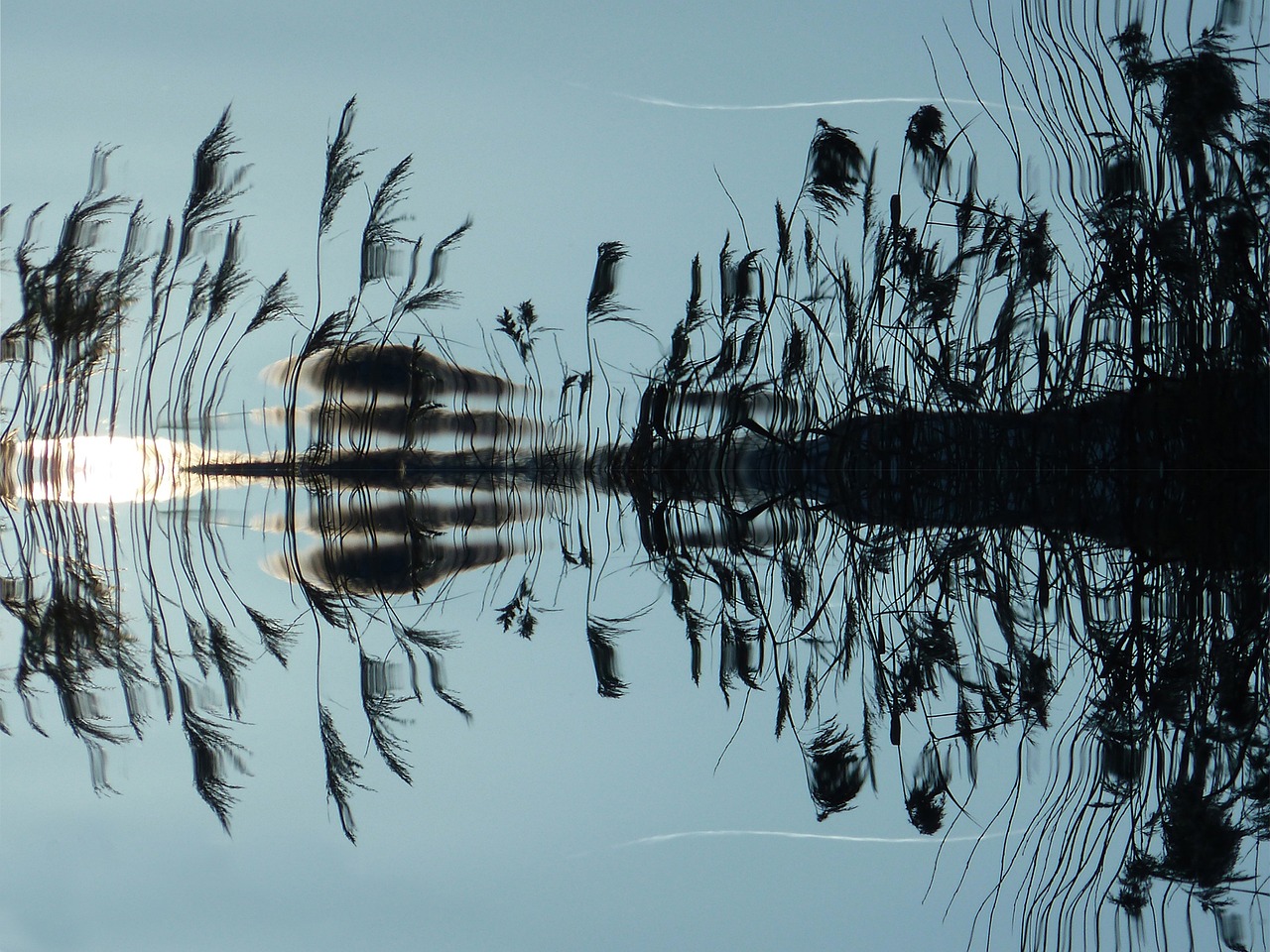I have been thinking a lot about Miriam and her role in the story of Exodus. Miriam the prophetess, sister of Moses, provides us with hidden secrets that can help us reach our own promised lands.
Little is spoken of Miriam in the Bible, although she is a major figure. It is Miriam who saves Moses from Pharoah’s decree to destroy all the Hebrew males. It is through her Divine guidance, that Pharoah’s wife takes him in and raises him as a son.
It is Miriam who watches over Moses through the journey out of Egypt through the desert. Miriam speaks directly to God. She needs no intermediary. Who is this strong and powerful woman? Could she be the hand of the Shechina, presence of the Feminine Divine? I would answer, “Yes, and more…”
I invite you to remember that the Hebrew’s lived in Egypt for over 500 years. They lived within an Egyptian culture grounded in the Divine Feminine. We can see evidence of these practices in the Archeulian Goddess discovered in the mid-1980s at Berekhat Ram in the Golan Heights. This divine feminine statue is dated between 250,000 to 800,000 years old.
I live in the Galilee, which is about an hour’s drive from the Golan. Last week I hopped in the car to visit this ancient site. It was a cloudy day, weather closer to winter, than the approach of spring. Never mind, sitting at the shores of this lake, I couldn’t help but notice the connection to the feminine archetype of water – like the womb, and the connection to Miriam and the well, and the fact that she hid Moses in the banks of the River. I also thought about the parting of the Red Sea that allowed the Hebrews to cross, unharmed. What other power could this be than the guidance of the Divine Feminine? Miriam and the women came out in song and dance, a practice common in the sacred temples of Egypt, where they had lived and prayed for many hundreds of years.
“What’s the point of all this?” you may ask. The idea is that by inviting the sacred feminine back into our lives, we free ourselves to make peace with our inner dichotomies, thus allowing for an expanded sense of freedom and happiness.
Learn more about the author’s work and music at http://www.voicesofeden.com
Eliana Gilad is an internationally recognized composer influenced by classical and Mediterranean music. She lectures and teaches workshops on the conscious use of voice and rhythm, as they were used in ancient times – for centering and healing. The health benefits of Voices of Eden music have been proven by Dr. Masaru Emoto and Meir Hospital. Among other credits, Gilad has performed at the United Nations and on stage with Bobby McFerrin.










